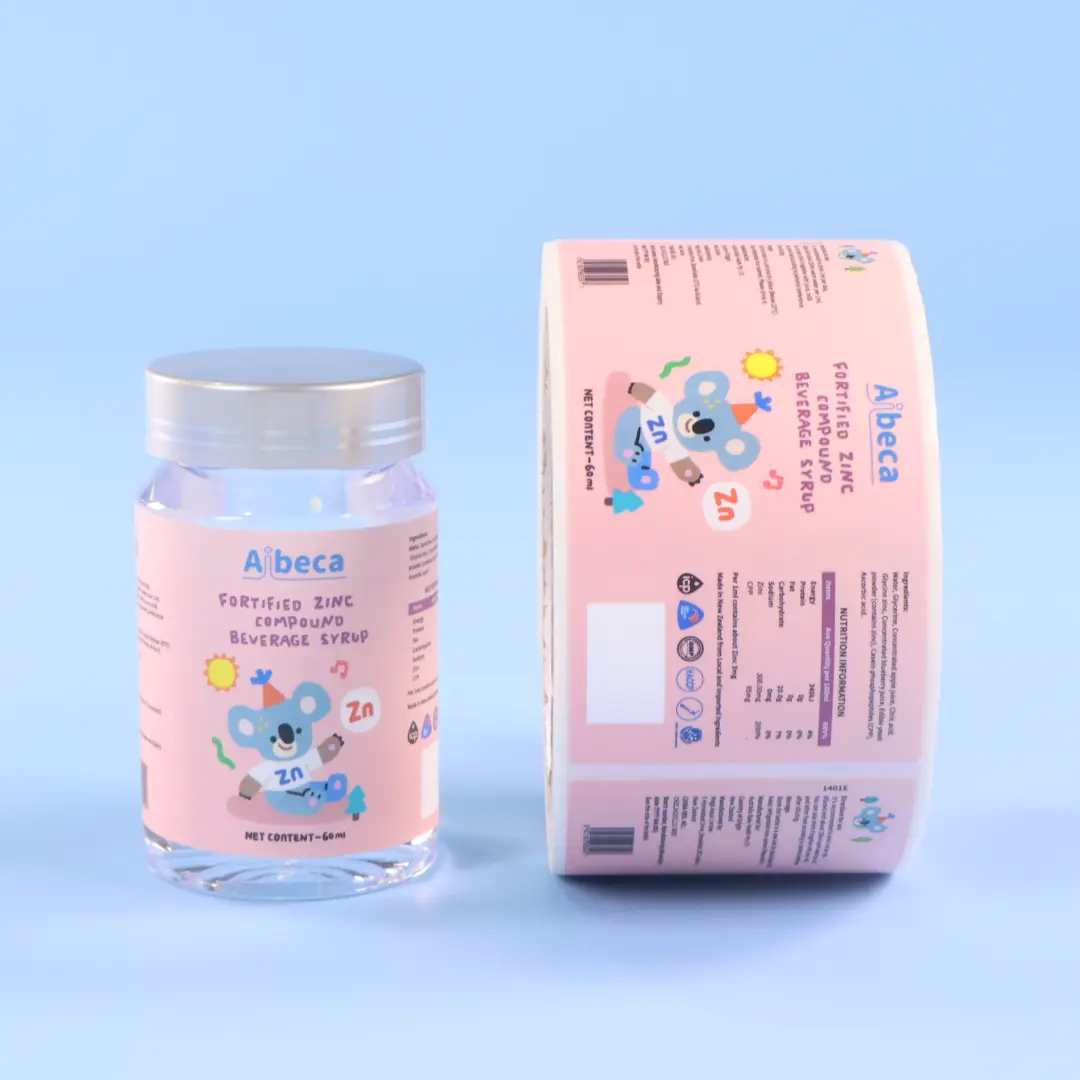Custom Labels Manufacturer & Custom Stickers Supplier - DJB Labels My Alibaba
Frequent Medication Errors Due to Misread Labels and How to Prevent Them
The lurk of Misread Labels
Understanding the Problem: The Challenges of Misread Labels
Misread labels can occur due to various factors, ranging from visual clutter to poor design elements. Labels that are unclear or contain small, illegible text can easily be overlooked, leading to incorrect dosages or missed medications. Additionally, labels designed with poor typography or lack of contrast can cause confusion, especially for those with visual impairments or age-related conditions.

One common issue is the use of abbreviations or shorthand in dosage instructions. For instance, instead of writing "10 mg," a label might simply say "10 mg," but if the font size is too small or the spacing is inadequate, it can be difficult to discern. Another challenge is the use of abbreviations for medications, which, if misread, can lead to entirely different treatments.
Case Studies: Real-Life Incidents Highlighting the Consequences
A recent study revealed that in a hospital setting, a patient was prescribed a higher dose of a medication due to a misread label. The label had a typo, and while the healthcare provider caught the mistake during the administration, it could have been deadly if not noticed. Another case involved a patient who, due to a misread label, received a different medication altogether, leading to complications that could have been avoided with proper label reading.
These incidents underscore the severity of the problem. They not only risk patient health but also strain healthcare resources by leading to unnecessary treatments and delays in care. It is clear that addressing this issue is a matter of life and death.
Prevention Strategies: Best Practices for Clear Label Design
To combat misread labels, it is essential to adopt best practices in label design. Clear typography is a cornerstone of effective labeling. Fonts should be easy to read, with sufficient size and contrast to ensure readability even under low-light conditions. Labels should also be spaced adequately to avoid crowded text that can be overlooked.
Another critical aspect is avoiding abbreviations where possible. Dosage instructions should be written out in full to prevent confusion. High-risk medications, such as those for critical conditions, should have their labels prominently displayed and designed to catch the eye.
The Patients Perspective: Ensuring Label Clarity
From the patients perspective, understanding and reading their medication labels accurately is crucial. Patients who struggle with reading small or illegible text may miss critical dosages or medications altogether. Providing clear instructions and using large, bold fonts can empower patients to take charge of their health.
Additionally, involving patients in their medication regimen can help them verify the accuracy of their labels. Encouraging them to double-check labels before administration or consult a pharmacist if unsure can significantly reduce the risk of error.
Comparative Analysis: International Standards in Label Design
International efforts have shown that adopting best practices in label design can lead to significant improvements in medication adherence. Countries with high rates of medication errors often have strict regulations regarding label design, ensuring that all information is clear and accessible. These standards include requirements for large print, clear typography, and sufficient spacing.
By adopting these international standards, healthcare providers and manufacturers can create labels that are not only effective but also user-friendly. This approach can reduce the risk of misread labels and improve overall patient outcomes.
Technological Solutions: Enhancing Label Clarity with Technology
In the digital age, technology offers innovative solutions to address the issue of misread labels. Medication apps and voice-to-text tools can help patients verify their dosages accurately. For example, an app can read the label aloud or provide written instructions, ensuring that patients have the information they need.
AI-driven systems can also play a role in label design by analyzing data to identify areas where improvements are needed. These systems can provide insights into which labels are prone to misreading and suggest design changes to enhance clarity.
A Unified Effort to Improve Label Clarity
The problem of medication errors due to misread labels is a multifaceted issue that requires a collaborative effort. By adopting best practices in label design, involving patients in their medication regimen, and leveraging technology, we can create a system that prioritizes patient safety and well-being.
It is time for healthcare providers, manufacturers, and patients to work together to address this issue. Only through a unified effort can we ensure that medication errors are minimized, and patients receive the care they deserve.
In conclusion, medication errors due to misread labels are a preventable issue that can have devastating consequences. By implementing best practices in label design, providing clear instructions, and leveraging technology, we can create a healthcare system that prioritizes patient safety and ensures that medications are used correctly. It is a call to action for all stakeholders to collaborate in this critical mission.
